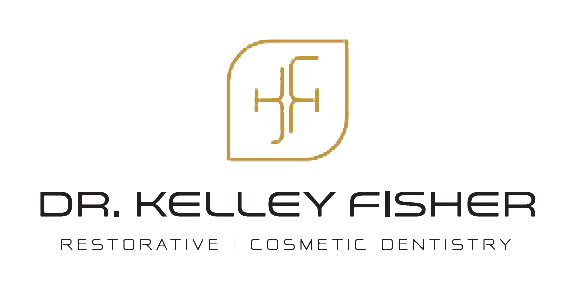Laser Treatment of Periodontal Disease
In the realm of dental care, technological advancements continue to redefine treatment approaches, enhancing patient comfort and outcomes. One such breakthrough is the use of lasers in treating periodontal disease. Gone are the days of invasive procedures and prolonged healing times – lasers have emerged as a game-changer in the fight against this prevalent oral health issue. In this blog post, we'll delve into the world of laser therapy for periodontal disease and explore its benefits, applications, and the future it promises for dental care.
Understanding Periodontal Disease
Before delving into the specifics of laser treatment, let's recap what periodontal disease entails. Periodontal disease, commonly known as gum disease, is an inflammatory condition that affects the supporting structures of the teeth, including the gums, ligaments, and bone. It typically develops due to the accumulation of plaque and tartar on the teeth, leading to the growth of harmful bacteria. If left untreated, periodontal disease can result in gum recession, tooth mobility, and even tooth loss.
Enter Laser Therapy
Laser therapy involves the use of focused and controlled beams of light energy to treat various dental conditions, including periodontal disease. This innovative technique has gained momentum in recent years due to its numerous advantages over traditional methods.
Benefits of Laser Treatment for Periodontal Disease
Minimally Invasive: One of the most significant advantages of laser therapy is its minimally invasive nature. Unlike traditional surgical procedures that require incisions and sutures, lasers target the affected area precisely, minimizing damage to surrounding tissues and reducing the need for cutting or stitching.
Reduced Discomfort: Laser treatment is generally associated with less discomfort and pain compared to traditional surgical methods. It causes less trauma to the gums, resulting in reduced post-operative pain and a quicker recovery period.
Precise and Selective: Lasers are incredibly precise tools that can target specific areas of the mouth without affecting nearby healthy tissues. This precision enhances the effectiveness of treatment while minimizing potential complications.
Reduced Bleeding and Swelling: The energy from lasers promotes blood clotting, which reduces bleeding during and after the procedure. Additionally, the reduced trauma to the tissues leads to less swelling, making the recovery process more manageable for patients.
Faster Healing: Because laser therapy is less invasive, the healing process is often faster. Patients typically experience less downtime and can return to their daily routines sooner than with traditional surgery.
Applications of Laser Therapy for Periodontal Disease
Laser treatment can be applied to various aspects of periodontal disease management, including:
Gingivectomy: Laser gingivectomy involves removing excess gum tissue, helping to reshape and contour the gums for improved aesthetics and health.
Pocket Reduction: Lasers can target and remove infected tissue from pockets formed between the teeth and gums, effectively eliminating bacteria and promoting healing.
Scaling and Root Planing: Laser-assisted scaling and root planing involve removing plaque and calculus from tooth surfaces and root surfaces, respectively, while minimizing damage to the surrounding tissues.
________________________________________________________________________________
Laser therapy has undoubtedly revolutionized the treatment of periodontal disease, offering patients a less invasive, more comfortable, and efficient solution. As this technology evolves, it has the potential to further transform the landscape of dental care, ultimately leading to healthier smiles and improved quality of life for countless individuals. If you're dealing with periodontal issues, give us a call. Dr Fisher and her staff have been expertly trained to help you explore the possibilities that laser treatment can offer.


